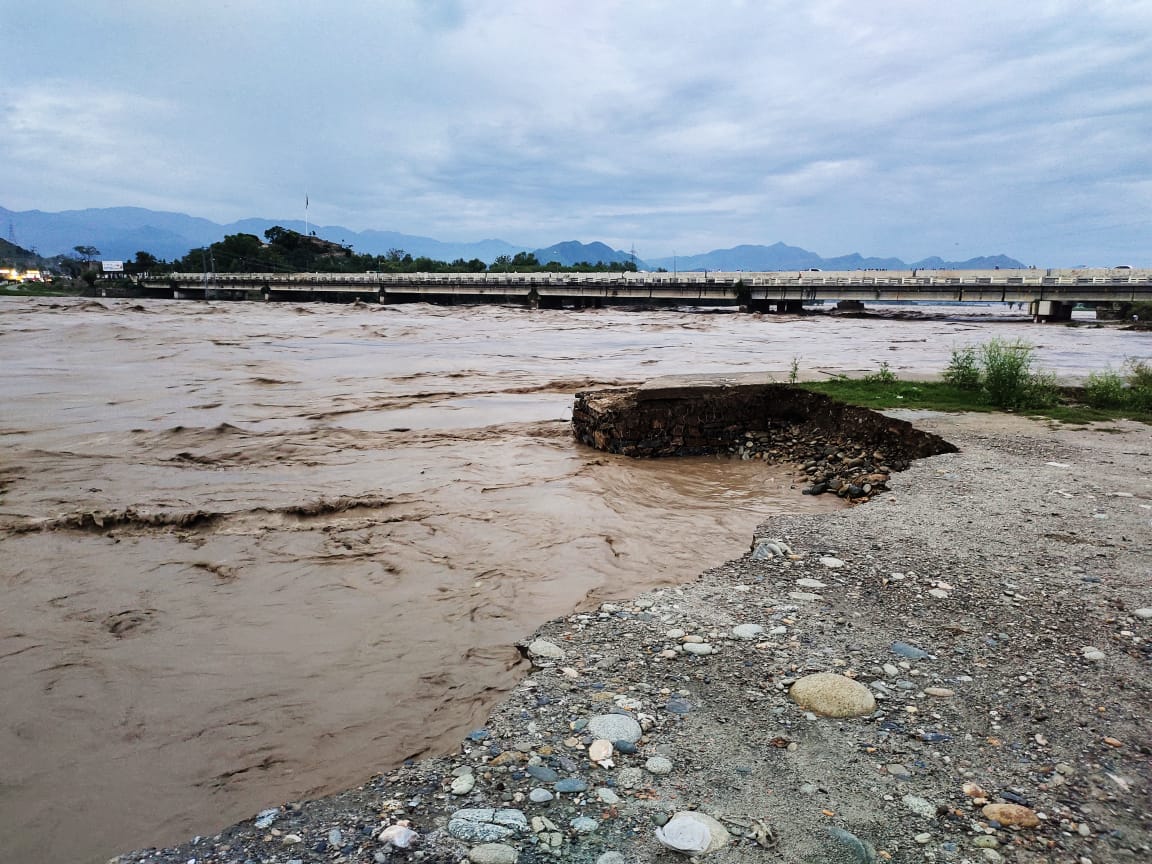
Pakistan finds itself at the forefront of climate-induced disasters, with the catastrophic floods of 2022 serving as a stark reminder of the nation’s vulnerability to the escalating impacts of climate change. Described by the Minister of Climate Change as a “humanitarian disaster of epic proportions,” these floods illuminate the urgent need for comprehensive action to mitigate and adapt to the changing climate landscape.
Unprecedented Devastation
In August 2022, Pakistan witnessed an unprecedented surge in rainfall, resulting in a third of the country being submerged underwater. With two thousand lives lost and eight million people displaced, the floods affected approximately 33 million Pakistanis, causing economic losses estimated at 14.9 billion U.S. dollars and necessitating a rehabilitation budget of 16.3 billion U.S. dollars. These staggering figures underscore the magnitude of the crisis and the urgent need for effective disaster management strategies.
Rising Vulnerability to Climate Extremes
Despite contributing minimally to global greenhouse gas emissions, Pakistan ranks among the top ten countries most vulnerable to extreme weather events. The nation’s rising temperatures exceed global averages, exacerbating the frequency and intensity of droughts, floods, heatwaves, and cyclones. Moreover, exogenous factors such as political instability and economic challenges divert attention and resources away from critical disaster risk reduction efforts.
Challenges in Disaster Management
While successive governments have formulated policies and plans to address climate challenges, implementation gaps persist. The National Disaster Management Plan, initiated after the 2010 floods, failed to effectively mitigate the impact of the 2022 disaster. Financial limitations, inadequate risk assessments, and weak governance hindered response and recovery efforts, highlighting the need for enhanced coordination and capacity building.
Addressing Systemic Weaknesses
Efforts to enhance resilience include the annual formulation of the National Monsoon Contingency Plan, aimed at addressing operational weaknesses observed in previous years. However, challenges persist in data collection, monitoring mechanisms, and coordination between public and private sectors, underscoring the vulnerability of communities to climate-induced disasters.
Path to Resilience
Despite obstacles, Pakistan has embarked on initiatives to promote environmental sustainability and resilience. Projects such as the Quaid-e-Azam Solar Park and the Billion Tree Tsunami project aim to mitigate climate risks and foster sustainable development. Additionally, policies promoting electric vehicles and clean energy signify a shift towards greener infrastructure.
Call for Action
The recent publication of Pakistan’s first National Adaptation Plan reflects a concerted effort to reduce climate vulnerability through infrastructure development and transboundary cooperation. However, challenges in implementation and financial transparency highlight the need for sustained political commitment and international collaboration.
Building a Robust Disaster Management Framework
Pakistan’s disaster management system, established through the National Disaster Management Act 2010, lays the groundwork for coordinated response and recovery efforts. However, capacity constraints and overlapping jurisdiction necessitate institutional reforms to ensure effective disaster management at all levels.
As Pakistan navigates the complexities of climate-induced disasters, proactive measures and sustained political will are imperative. With a multi-faceted approach encompassing policy reforms, community engagement, and international cooperation, Pakistan strives to build resilience and safeguard its citizens against the escalating impacts of climate change.


Leave a Reply